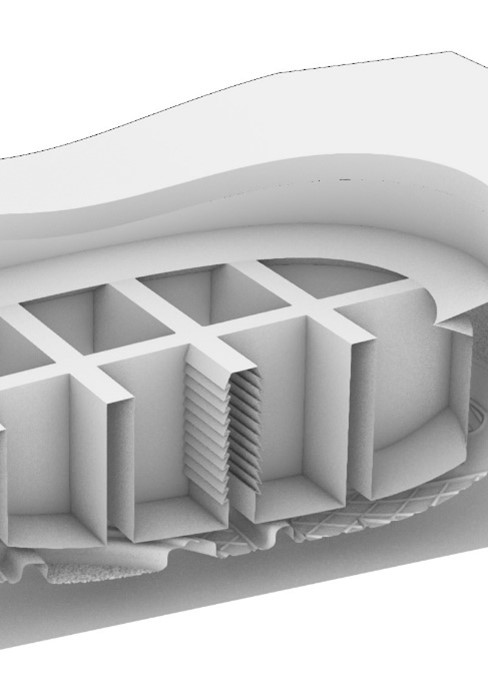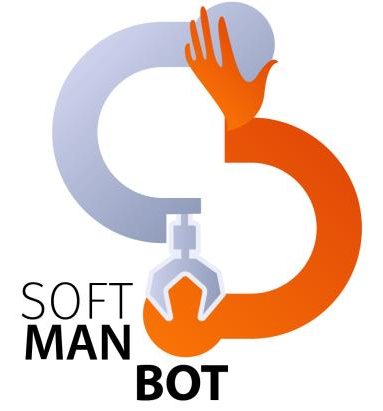
The mould forms the basis of our work and determines the quality and precision of our final product. When we design a new sole, we must very much bear in mind its viability when it comes to its manufacturing process, which involves both replicating the desired shape and the correct unmoulding of the product.
For this very reason, in PLASTINHER URBAN we have expert designers and keep in close communication with the manufacturer of the mould, who brings us all their machining and workshop experience through Computer Numerical Control. The result is also an optimum mould of high quality, which is later reflected in our products.
The area of saving, which is not visible in the finished shoe, represents a fundamental part of sole design. Along with its basic function of saving material, which in turn leads to a lighter sole, it is necessary to mention that it must guarantee adequate support for the final user’s foot as well as providing the necessary grip for the extraction of the sole from its mould. Our participation in the SOFTMANBOT Project has given us a different point of view to improve the design around saving by taking into account that it is here where the sole is held in place to be correctly extracted, and where the robot will begin to do this task shortly. Moreover, it has also driven us to review the design of the injection channel which, despite being residual in the process, requires a special skill from the machinist during extraction.
We are aware of the fact that the incorporation of robotics or any automatised system requires certain adaptation in our own production process and, for that reason, we are working with our designer experts and machinery suppliers with complete optimisation of our moulds, especially regarding the adaptation of the saving walls to optimise the grip of the robot while avoiding any slipping or breakages which could impede the demoulding process or produce irreparable damage to the soles.
Similarly, we are doing research into new technically more robust and reliable designs for the task of our concern, but they are not mechanised with machines, which gives way to a new world of possibilities for 3D printing.

